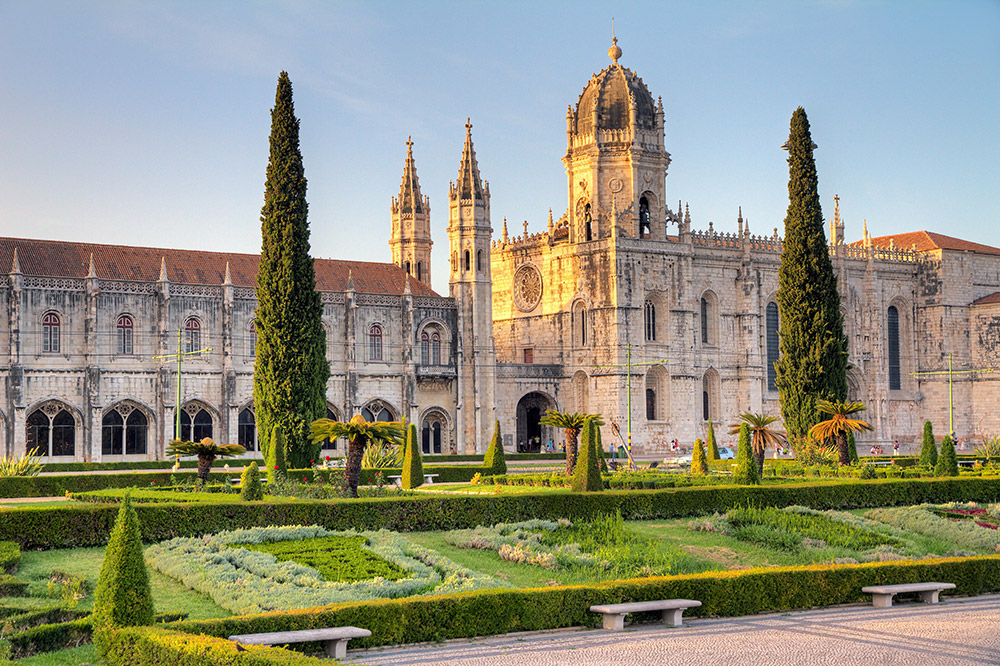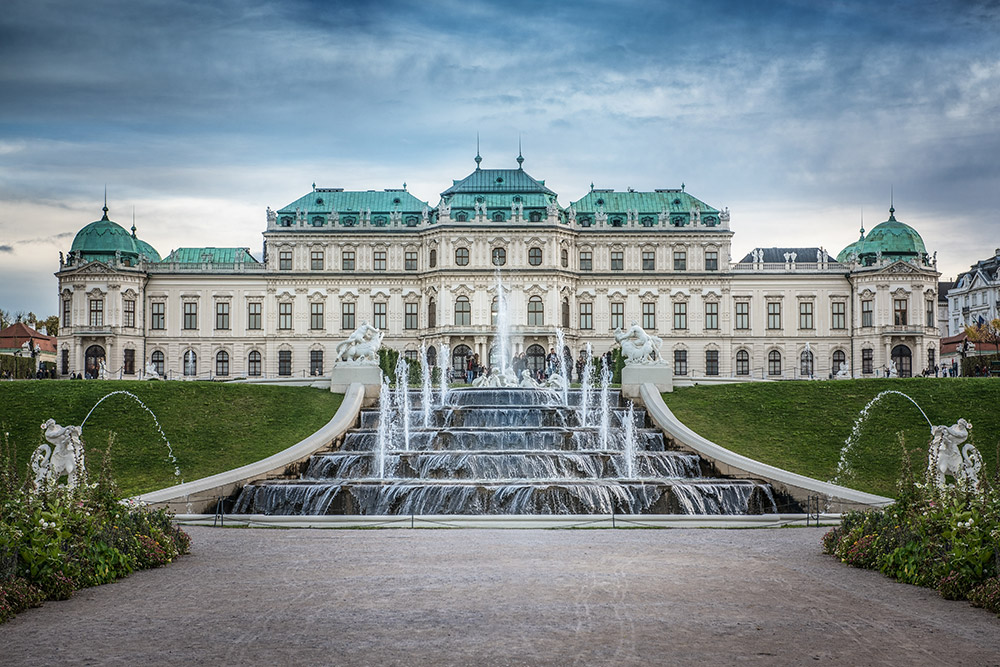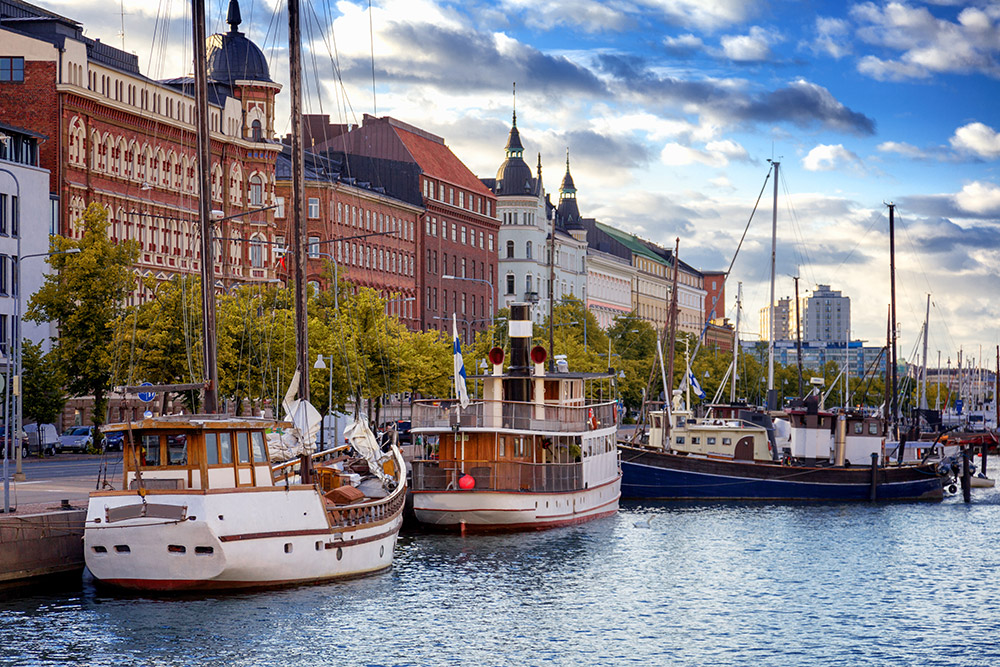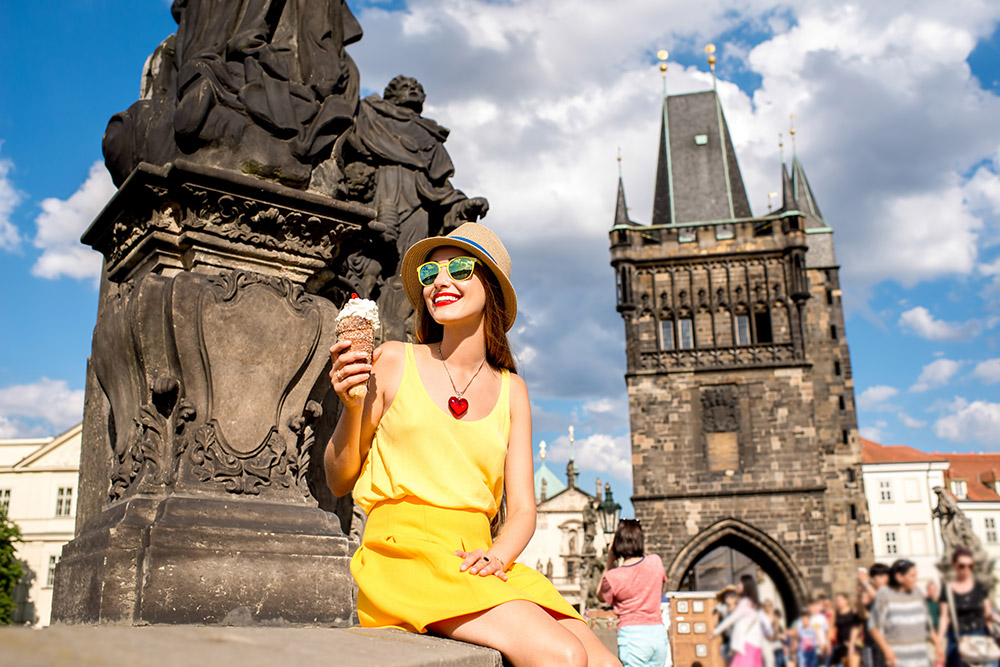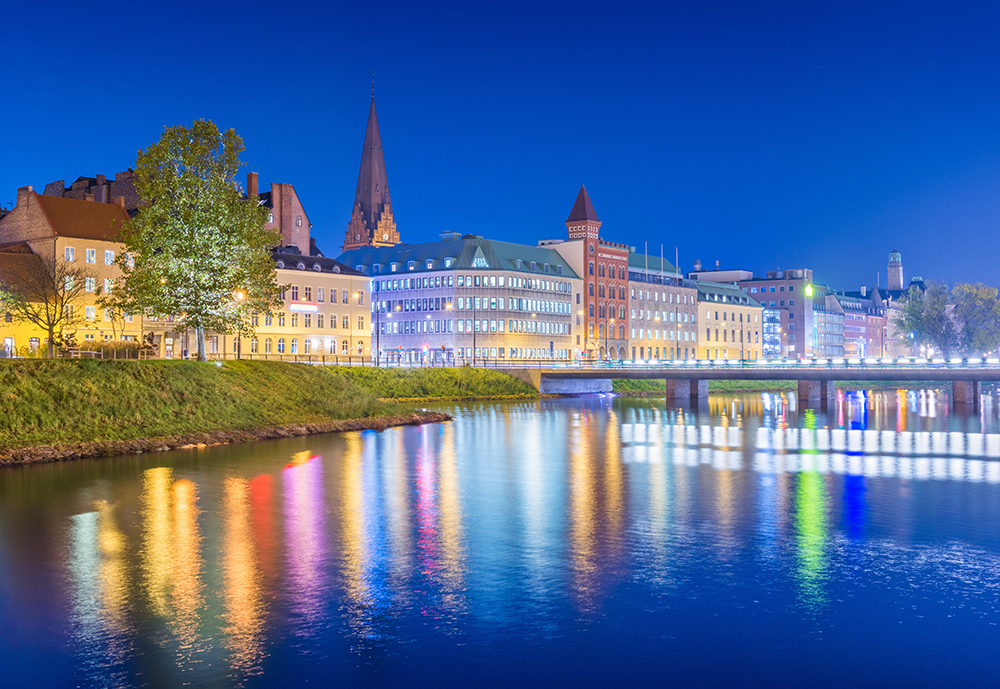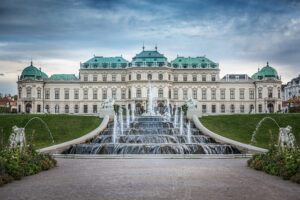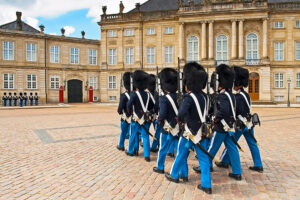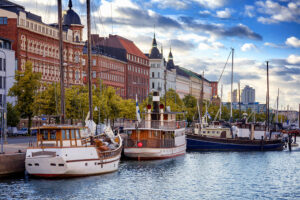Portugal, situated on the western edge of Europe along the Atlantic Ocean, boasts a fascinating history spanning thousands of years, enriched with a culture and art that blend influences from various corners of the globe. With majestic palaces, ancient walled towns, vibrant streets, and a unique atmosphere, Portugal offers a tapestry of historical and contemporary attractions. From its days as an economically prosperous and powerful kingdom to enduring a lengthy period of dictatorship, the country has transformed into the thriving democracy it is today.
Popular itinerary for Portugal History and Culture:
Day 1: Lisbon
Our journey will start in Lisbon, the capital of Portugal, with a visit to Edward VII Park. The park offers a magnificent view of the underground city and the wide Tagus River, and it is home to the monument commemorating the “Carnation Revolution,” the democratic upheaval on April 25, 1974 that ended 50 years of dictatorship in one night.
Continue to the National Azulejo Museum, with architectural design that is characteristic of both the city and the country. Ride Tram 28 through the narrow streets of the ancient Alfama quarter to São Jorge Castle, a historic museum with an impressive panoramic view of the city. Enjoy lunch at the Time Out Lisbon market, where you can savor a variety of local dishes, seafood, and traditional desserts.
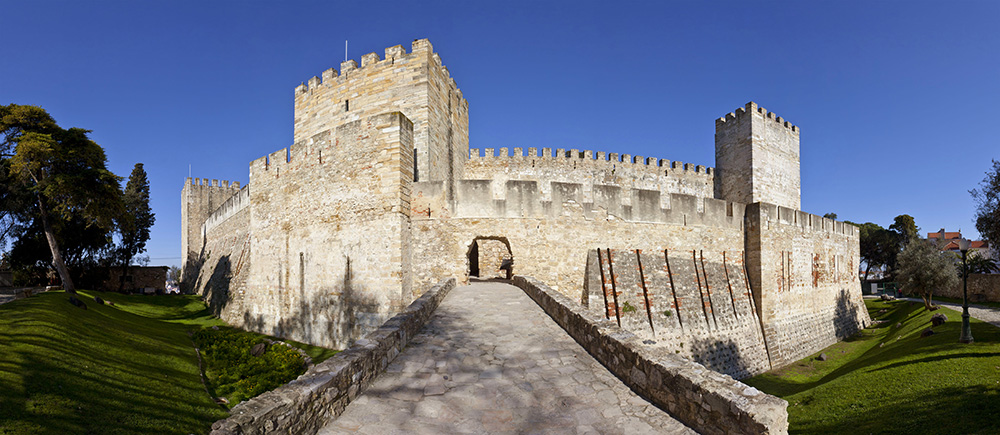
Heading west along the river, explore the historic Belém neighborhood and visit the impressive church within the former Jerónimos Monastery, now the Jerónimos Museum. The entrance, built in the Manueline architectural style, a magnificent and ornate form of Gothic architecture, houses the tombs of national heroes like Vasco da Gama and the national poet Luis de Camões. For breathtaking views, take an elevator to the top of the building. Along the riverside, you’ll see monuments dedicated to maritime heroes, discoverers of sea routes, and historical figures such as Prince Henry the Navigator, Magellan, and Cabral.
Heading back to the city, stop at the LX Factory, a revitalized industrial area turned into an entertainment and creative hub. In the evening, choose one of the Fado houses in the Alfama district for dinner and enjoy a performance of Fado, Portugal’s soulful music.
Spend the night in Lisbon, either in the city center or in the area of Parque das Nações, the modern Park of Nations park.
Day 2: Lisbon
On your second day in Lisbon, start by exploring the underground city, taking the unique and historic elevator to reach the Carmo church. This church lost its roof during the great earthquake of 1755 and is now an archaeological and historical museum. Visit the nearby Camões Square, enjoying a relaxing break at the Brazilian coffee shop beside the statue of the poet and writer Fernando Pessoa.
Delve into the fascinating career of Pessoa, an enigmatic personality, by visiting the museum housed in his former residence and exploring the various characters and pseudonyms under which he published numerous works. Stop for lunch on the lively Augusta Street, at the end of which stands the impressive Triumphal Arch leading to the grand Commerce Square.
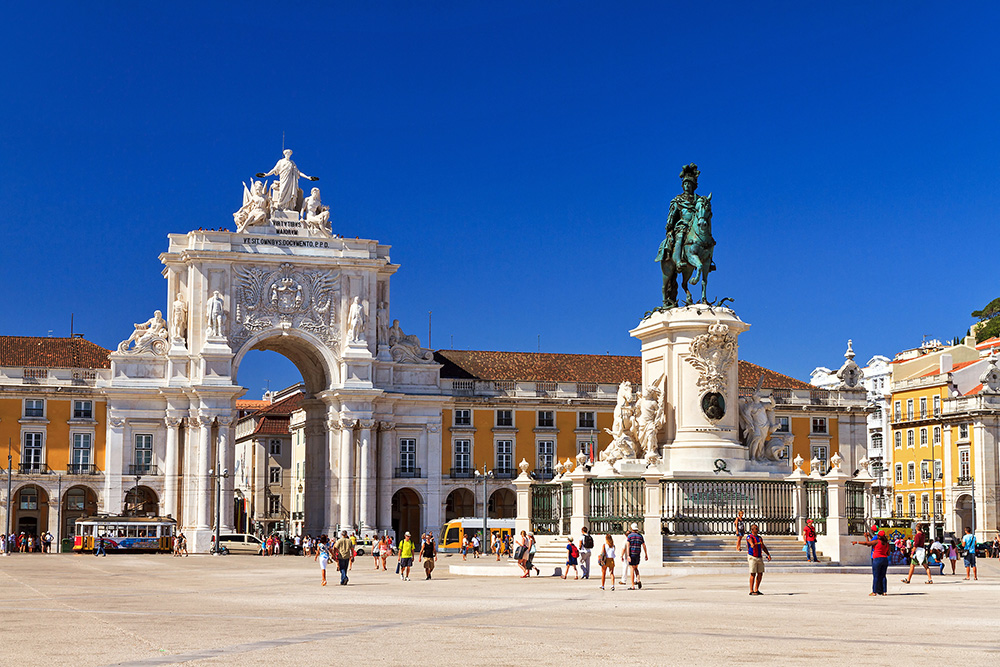
To enhance your understanding of the history and uniqueness of Fado music, visit the museum dedicated to this distinctive musical genre and pay homage to the legendary Fado singer, Amália Rodrigues, at her tomb in the National Pantheon. Visit the Gulbenkian Museum, which exhibits diverse works of art from ancient times to the end of the 19th century.
In the evening, stroll through the alleys of the Bairro Alto district, enjoying local music and exploring various dining options.
Spend the night in Lisbon.
Day 3: Sintra
Today is dedicated to exploring Sintra, one of Portugal’s most majestic towns nestled in the mountains of Sintra Natural Park. Begin with a short train ride from Lisbon to reach this elevated location, where royal families and nobles once sought refuge amidst the dense forest overlooking the ocean, exploring their magnificent palaces.
Start at the National Palace, whose construction began almost 700 years ago and evolved over time with various additions in different architectural styles. As you wander through the halls and royal chambers, you’ll encounter fascinating figures from Portugal’s royal history, a legacy that lasted until 1910.
From there, explore the buildings and unique gardens of Quinta da Regaleira, a site that blends architectural and artistic elements inspired by mythology, literature, and historical figures. In the town center, visit the Newsworthy Museum, which focuses on the development of journalism in Portugal and around the world, covering print media as well as radio and television.
Heading westward, visit Cabo da Roca, the westernmost point in Europe. Peer down from the cliffs to marvel at the rocky shore and the vast ocean, and then descend to the coastal resort town of Cascais. While in Cascais, visit the Casa das Histórias Paula Rego, a unique museum dedicated to the distinctive Portuguese artist Paula Rego, known for basing her paintings on well-known stories.
After enjoying a tasty meal featuring grilled sardines and assorted seafood, visit the nearby town of Estoril and explore the famous Casino Estoril, which served as inspiration for the first story in the James Bond series, “Casino Royale.” In the evening, return to Lisbon for a music concert at Campus Picoas, a unique and beautiful structure in the Moorish-Mudéjar style that once served as a bullfighting arena.
Spend the night in Lisbon.
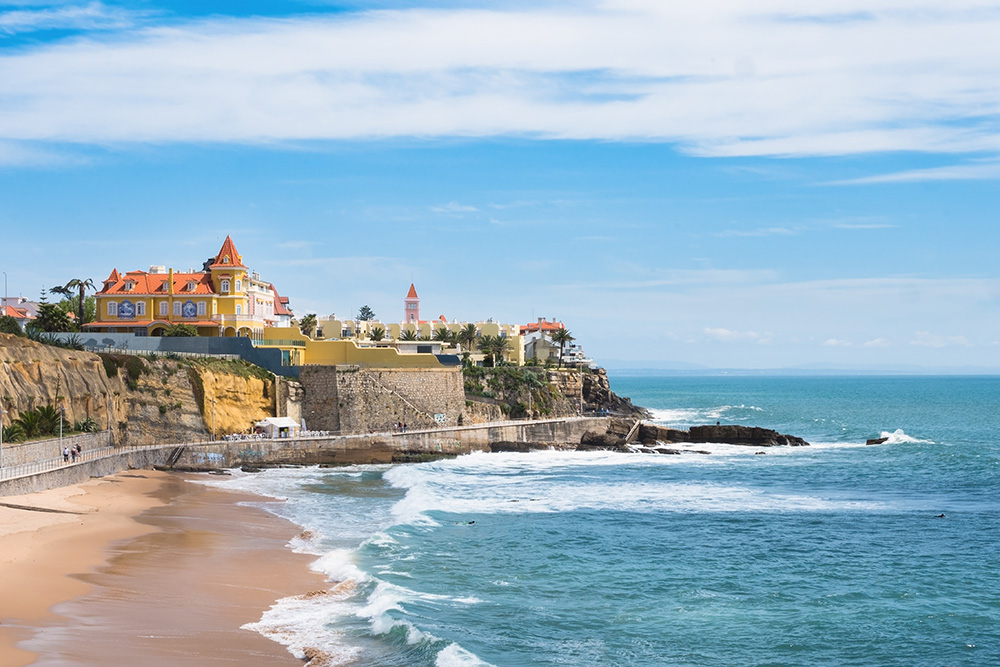
Day 4: Coimbra
Depart from Lisbon and head north for about an hour, arriving at the medieval walled town of Óbidos, known as the town of love and marriage. Stroll through its charming streets, making your way to the small church whose walls are adorned with beautiful ceramic tiles. This modest church has been the venue for royal weddings for centuries and continues to attract young couples seeking to wed. At the front of the church, admire several works of art by the unique painter Josefa de Óbidos, a young woman who left the monastery to dedicate her life to art. At the end of the street, visit a church that has been transformed into a lovely bookstore. Along the small street, there are various businesses that preserve ancient handicrafts characteristic of the region.
From there, head to the grand and impressive monastery complex known as Batalha, the only Gothic church in Portugal. Visit the stunning burial site of King John I of Portugal and his English princess wife, whose union marked the beginning of a historical alliance between the royal houses of England and Portugal. The chapel also houses the tombs of their sons and daughters. Inside the monastery complex, explore the cloister, the magnificent courtyard, the unfinished chapels, and the tomb of the Unknown Soldier.
About a 40-minute drive away, you’ll reach the ancient town of Tomar. Wander through the monastery, once the religious and military base of the Templars, the fighting monks of Portugal. In the town you’ll also discover the oldest synagogue in Portugal – a small building that served the Jewish community over 500 years ago, prior to the Inquisition.
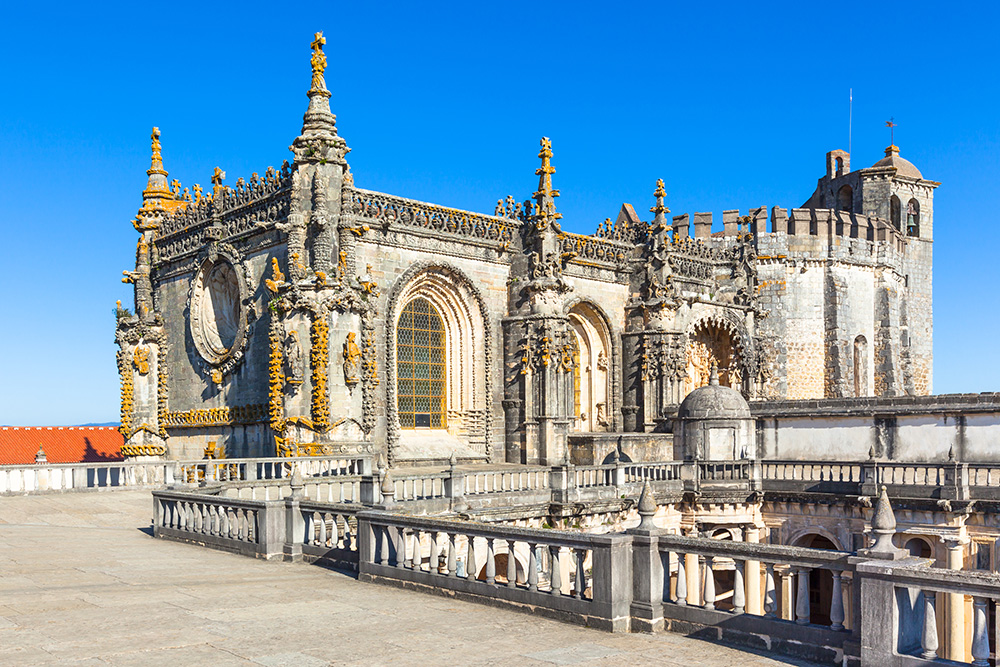
Conclude your journey by visiting the ancient capital and academic city of Coimbra. Explore the historic university grounds, learn about the traditions of the local students, and tour the stunning library, constructed almost 300 years ago, considered one of the most beautiful in the world.
Spend the night in Coimbra.
Day 5: Porto
On your way to Porto, Portugal’s second-largest city and northern capital, Porto, make a few stops at several fascinating locations.
Deep within a forest, with unique trees and plants from around the world, stands the opulent Bussaco Palace. Built in the 19th century as a royal retreat for the king and his family, the palace is surrounded by the protected Bussaco Forest. The beautifully designed palace has been converted into a luxurious hotel, with meticulously maintained French gardens. Within the complex, explore an ancient monastery adorned with cork cladding, a material characteristic of Portugal. One of the monastery’s rooms once hosted the Duke of Wellington, an English hero from the early 19th-century Napoleonic Wars. Stroll along the enchanting paths, waterfalls, and charming corners in the complex.
Returning to the coast, venture to the resort town of Aveiro, renowned as the “Venice of Portugal.” Admire the beautiful Art Nouveau buildings built during the town’s prosperous period and explore the museum dedicated to the design and architecture typical of the early 20th century.
About an hour’s drive north will bring you to Porto. Begin your visit at the docks of the fishmongers along the Douro River, now an area of leisure and restaurants known as the Ribeira. A short stroll away is a building that once served as the stock exchange for goods and securities and is now a wonderful tourist attraction. Various rooms within the building showcase diverse styles, including the office of the French architect-engineer Gustave Eiffel, who planned and executed several projects in the city. In the evening, explore the restaurant and music club area not far from the city’s tall tower, the Clérigos Tower.
Spend the night in Porto.
Day 6: Porto
Start your day at the Serralves Museum of Contemporary Art, a beautifully designed complex that houses the museum of modern art, a green park, and the film archive of Portugal’s renowned filmmaker, Manuel de Oliveira. Be sure to visit the unique Lello Bookstore, a wonder of wooden design with stained glass windows in a Neo-Gothic and Art Nouveau style.
Take a leisurely stroll among the diverse art galleries located within the narrow streets of the nearby University of Porto and Carmo Square. The adjacent Baroque-style Carmelite Church and Carmo Church contribute to the architectural richness of the square. A short distance away, explore the National Photography Museum housed in a historical building that once functioned as a prison.
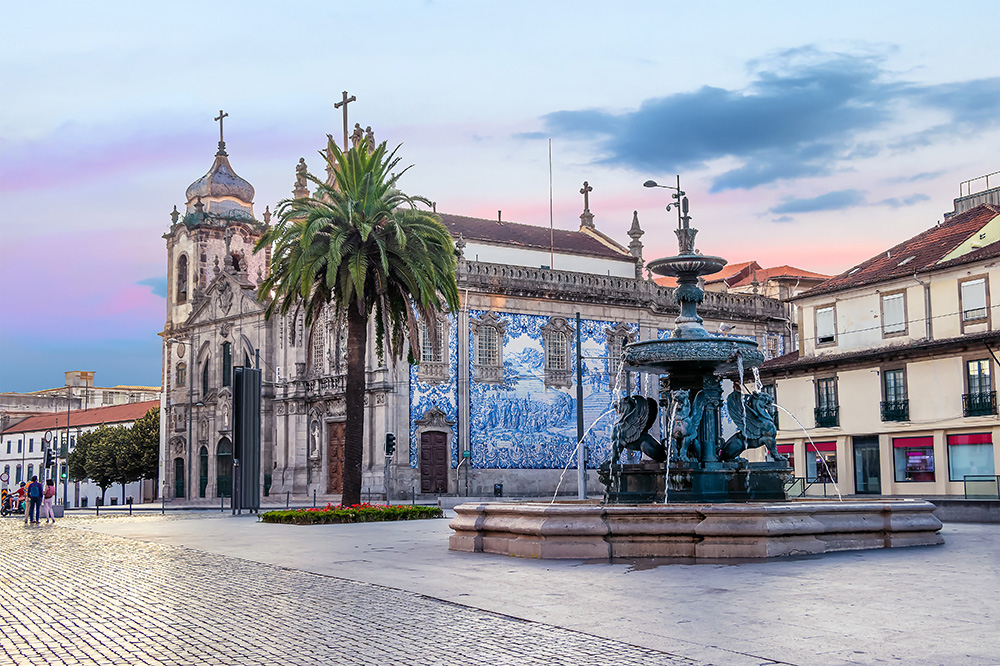
Embark on a walking tour to Liberty Square, the City Hall, and marvel at the historical São Bento Railway Station, adorned with tiles depicting various events from Portuguese national history. Continue towards the Louis I Bridge, visit the Porto Cathedral, and then cross the impressive iron bridge to enjoy the panoramic view of the river. On the southern bank of the Douro River, in the city of “Vila Nova de Gaia,” discover the renowned Port wine cellars, where you can explore each winery and savor the beloved drink.
The vibrant riverfront promenade, both south and north of Porto, comes to life, especially in the evenings, providing leisure and culinary experiences that extend late into the night. Café Majestic on Santa Catarina Street, recognized as one of the world’s most beautiful cafes, is a must-visit with its exquisite Art Nouveau design and delightful local flavors.
Spend the night in Porto.
Day 7: Northern Portugal
Today, start your journey about an hour north along the coastline in the city of Viana do Castelo. This port city served as the gateway to the great Portuguese maritime explorations of the 16th century. Throughout the years, it developed and prospered, reaching its peak in the 19th century during the reign of Queen Maria II. Viana do Castelo’s harbor played a pivotal role in the export of wine, fruits, and salt, and the import of the famous Portuguese azulejos (tiles) and glass. The city is located at the mouth of the Lima River, which originates in Spain, offering both oceanic and freshwater shores.
Begin your exploration in the historical center, focused on the main square, Praça da República, the heart of the city. This spacious and attractive square features a central fountain. Near the square, discover the 16th-century complex of Santa Casa Da Misericórdia, which includes an impressive hospital building and a baroque-style church. Continue to the Gil Eannes Foundation Ship Museum, housed in a former hospital ship used by the Portuguese army in the 1960s and now anchored in the city’s harbor. Explore the Museu do Traje, which showcases traditional costumes from the northern region of Portugal.
To the north of the old town lies the Catholic sanctuary, Santuário de Santa Luzia, perched on a high hill, providing a breathtaking panoramic view of the area. Access this elevated viewpoint by taking the Santa Luzia Funicular, the longest in Portugal, providing a 7-second attraction ride in and of itself.
Continue your journey to Guimarães, often hailed as the “birthplace of the Portuguese nation” due to its pivotal role in Portugal’s history. Recognized as a UNESCO World Heritage Site in 2003, the historical center of Guimarães holds rich cultural significance. Explore the main castle, erected in the 10th century for the protection of the town and its monastery against Moorish and Norman invasions. According to tradition, the first King of Portugal, Afonso Henriques, was born in this castle. On your walking tour of the old town, be sure to visit the Church of São Gualter and the Alberto Sampaio Museum, renowned for its impressive collection of religious art and artifacts.
After concluding your day in Guimarães, return to Porto and enjoy a concert at the modern and unique Casa da Música, an impressive building designed by the renowned Dutch architect Rem Koolhaas.
Spend the night in Porto.
Day 8: Return to Lisbon
Bid farewell to the beautiful city of Porto and start heading south towards Lisbon. Your first stop is the coastal town of Figueira da Foz. Don’t miss the Municipal Museum, founded in 1894 by Antonio dos Santos Rocha, housing an impressive collection of archaeological and historical exhibits discovered in the region. Visit the Coliseu Figueirense, a stadium famous for Portuguese bullfighting events.
Continuing south along the coast, you’ll reach Fatima, often hailed as the city of faith and revelation. This is the sacred site where the Virgin Mary is said to have appeared to three shepherd children in 1917. A complex was built to commemorate this event, drawing millions of Catholic pilgrims from around the world. Explore the ancient church, built in 1952, where the three children are buried. In the vast square, witness the site of the candlelight procession and the open-air chapel where prayers take place throughout the day. Observe pilgrims kneeling towards the prayer site. Additionally, visit the impressive new church built in recent years, showcasing modern architecture.

Before reaching Lisbon, make another fascinating stop to explore the grand Mafra National Palace, commonly known as the “Palácio de Mafra.” Boasting an impressive 860 rooms and a magnificent library, the palace features a baroque-style basilica adorned with sculptures, tiles, and other masterpieces, including works by the 16th-century artist Machado de Castro.
After your visit to Mafra, head back to Lisbon. Before reaching the international airport, conclude your enriching 8-day journey with an additional stop to see the contemporary buildings at the Park of the Nations, built for the 1998 Expo, and marvel at the Oriente train station, a masterpiece designed by the Spanish architect Santiago Calatrava.


